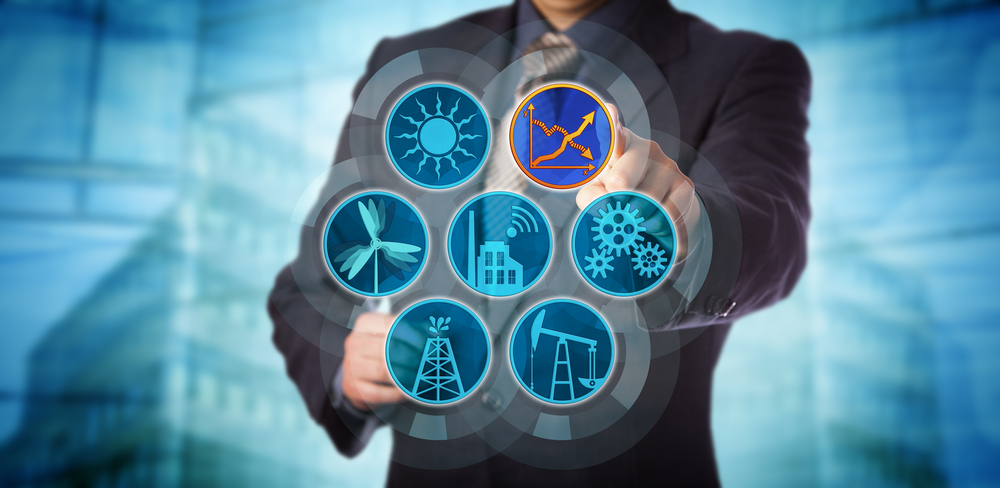Share This
Related Posts
Tags
Return on Energy
By Erica Rascón on Aug 10, 2017 in News
Want to cut costs on energy? The National Apartment Association (NAA) Education Conference session entitled Return On Energy: Sustainable Case Studies for Catching Up offered several helpful tips for keeping costs low and residents happy.
The session featured Martin Levkus, Regional Director, Yardi Energy; Tom Turnbull, Senior Engineer, JDM Associates; and moderator, Erin Hatcher, LEED Sustainability Manager & Development Associate with AMLI.
Hatcher kicked off the session with a question to the audience: “in-house or out-of-house?” Some multifamily owners and operators, like AMLI, have the infrastructure in-house to do their own sustainability and energy efficiency projects. Others, need to outsource to experts if they don’t have the personnel or expertise to do it all themselves. Although both methods have pros and cons, there are some key tips that either method can use to help your properties operate optimally.
Data + Analysis = Cost Savings
You can’t improve what you can’t measure. Yardi has helped numerous businesses decrease utility expenses with the help of software and Levkus’ advice: “It all starts with a utility bill.” Before you can take down the low hanging fruit, you need to use data to identify it.
Levkus referred to a case study including 14,600 units across 260 properties. The organization spent $50,000 – $100,00 in late fees each year. With better bill processing integrated into one software solution, they reduced late fees for roughly $75,000 in annual savings.
Beyond paying the utility bills on time, you also want to make sure the bills have accurate charges. A separate Yardi study revealed that for a residential property management business spending $32 million per year on utilities across 63,000 invoices, there were significant billing errors by the utility company equallying $388,000 across two years – 0.55 percent of spend.
Yardi’s goal is to help clients drastically cut expenses by improving efficiencies and providing reliable data, all in one place. Yardi® Utility Billing and Utility Expense Management work together to automate billing processes and help users identify leaks, detect invoice errors, and recover overage charges. With Yardi® E2 Insight, users can access calendarized and normalized data while adjusting for factors such as weather, building size, and occupancy to get a clear picture of site performance.
The Yardi case studies highlight how the proper software can help multifamily professionals use data to improve processes.
Even on a smaller scale, the results are promising. Levkus explains that the average cost of processing an energy bill in-house comes to $35. Processing takes anywhere from 16-25 days. Utility Billing reduces processing time to two days. The convergent billing feature can improve recovery by 20 percent.
Low Hanging Fruit
Once you are using software to gather, track, and manage data, you can identify projects that will offer the biggest cost savings.
Lighting
“Lighting retrofits are easy, low hanging fruit for improvements. It could be a good idea to start there,” says Turnbull. He recommends checking ballast compatibility before stocking up on LED bulbs, as incompatible settings will result in wasted time and money.
Get quick cost savings by fixing photo sensors and time clocks for parking lots, parking decks, and hallway sensors. “They only cost $25 – $50 but they may improve efficiency by up to 20 percent,” he says.
HVAC
Vacant units siphon energy. Properties waste an average of $35 per month, per unit, on vacant residences. By addressing this wasted energy, properties can save $5,000 per year at a site with about 12 vacant units each month.
Property-wide, dirty coils result in poor air distribution and higher bills. “Bad conditions increase operating costs and shorten the life of your equipment,” says Turnbull. Clean the coils regularly and use MERV-rated filters that give 30 – 40 percent more surface area to catch dirt.
Thermostat controls are another opportunity to decrease costs. By investing anywhere from $25 – $500 in a programmable or smart thermostat, you can decrease annual costs by at least 10 percent, reports The US Department of Housing and Urban Development.
To protect your investments, ensure that your conditioned air stays inside. Check the integrity of sweeps and seals around doorways and windows to maintain interior temperatures.
Water
Turnbull recommends faucet and showerhead aerators that use air to simulate water pressure. The technology decreases the amount of water that is heated and used without decreasing the sensation of high pressure. New fixtures use as little as 1.75 – 2.0 gallons per minute and cost about $3 each.
He suggests checking the threading compatibility before buying fixtures in bulk. He also recommends changing out the fixtures during turnovers: “New residents won’t notice but residents who’ve been there for years might—and they won’t be pleased,” he laughs.
Properties often waste water on poorly planned irrigation systems. “Make sure that your irrigation is watering plants and not mulch, the parking lot, or the sidewalk,” says Turnbull. Ensure that rain sensors function properly so that you are not watering plants during or immediately after a rainy day.
Register to get more insights from Yardi thought leaders and clients at the 2018 NAA Education Conference in San Diego.
To learn more about how you can optimize efficiency on Yardi, explore our energy solutions.
